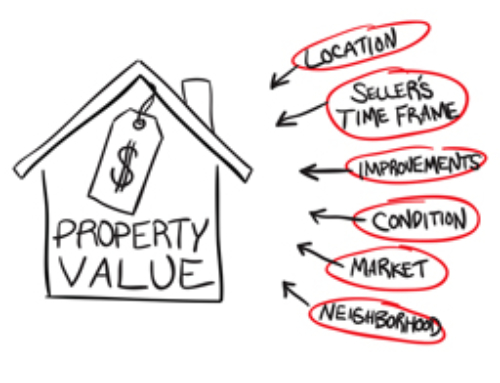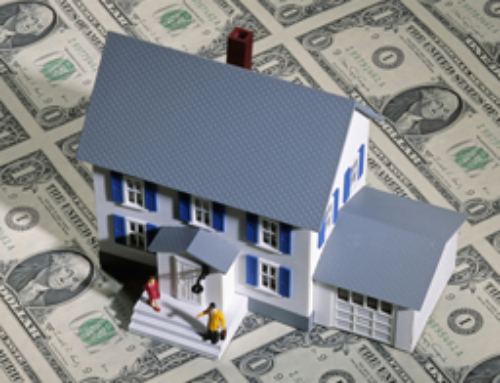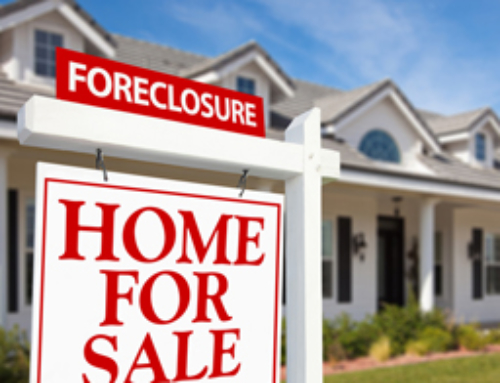 The U.S. real estate market took a big hit when the housing bubble burst in 2008, but August housing numbers indicate a slight upswing in home sales from a year ago. It’s been hard to stay optimistic for housing market predictions with tight credit markets and a summer full of natural disasters. However, we’re seeing some bright spots as the National Association of Realtors (NAR) is reporting year-over-year gains in both pending and existing home sales. Existing home sales fared better than pending and new home sales month-to-month: increases were seen in all regions, up over 7 percent from July.
The U.S. real estate market took a big hit when the housing bubble burst in 2008, but August housing numbers indicate a slight upswing in home sales from a year ago. It’s been hard to stay optimistic for housing market predictions with tight credit markets and a summer full of natural disasters. However, we’re seeing some bright spots as the National Association of Realtors (NAR) is reporting year-over-year gains in both pending and existing home sales. Existing home sales fared better than pending and new home sales month-to-month: increases were seen in all regions, up over 7 percent from July.
Best news for the housing market: People are taking advantage of low mortgage rates.
Existing home sales experienced the biggest jump year-over-year, too, up over 18 percent from August 2010. Lawrence Yun, NAR chief economist, says rising rents and falling mortgage rates laid the groundwork for this increase. “Some of the improvement in August may result from sales that were delayed in preceding months, but favorable affordability conditions and rising rents are underlying motivations.”
For buyers who could obtain mortgages, historically low mortgage interest rates and competitive prices on existing homes proved too good to pass up this summer.
Good news for the housing market: Pending home sales have increased.
Year-over-year increases were also seen in pending home sales, despite a slight decrease from July to August. Nationwide, pending home sales rose 7 percent from August 2010 but decreased 1 percent month-over-month.
Bad news for the housing market: More contracts are falling through and sales aren’t being completed.
NAR reported a contract failure rate of 18 percent due to declined mortgage applications or failures in loan underwriting. That’s up from 16 percent in the prior month. Homes that went under contract in July, and helped boost numbers for that month, fell apart in August and contributed to the month-over-month decrease.
The U.S. Department of Commerce reveals it might be more than tight credit markets and low appraisals that contributed to that high rate of contract failure. Earnings fell slightly during the same period the decrease in pending home sales occurred, suggesting some deals may have fallen apart due to lack of funds on behalf of the buyers. Even with the positive news of year-over-year increases, a high rate of contract failure still raises concerns.
This data suggests we are in a better place than a year ago but still have quite a ways to go. The most recent S&P/Case-Shiller Home Price Index reveals four consecutive months of increasing home values, but even those prices are below where they were a year ago. Yun says we will “continue to see financially qualified home buyers, willing to stay well within their means, be denied credit,” a factor which will certainly influence the market in the future.
What happens over the next few months will be telling; the summer data is representative of a market at the peak of activity and numbers may fall over the next few months due to lack of demand. However, falling interest rates and higher rents may persuade people on the fence about buying to jump into the housing market.
READ MORE:
The Beginning of the End of the Foreclosure Era
Property Taxes: 6 Ways To Get Your Property Taxes Reduced
Mortgage Rates, Programs, and Fees: FAQs From Ilyce Glink
Help Is on the Horizon for Unemployed Homeowners
Ilyce R. Glink is the author of several books, including 100 Questions Every First-Time Home Buyer Should Ask and Buy, Close, Move In!. She blogs about money and real estate atThinkGlink.com and at the Home Equity blog for CBS MoneyWatch.






